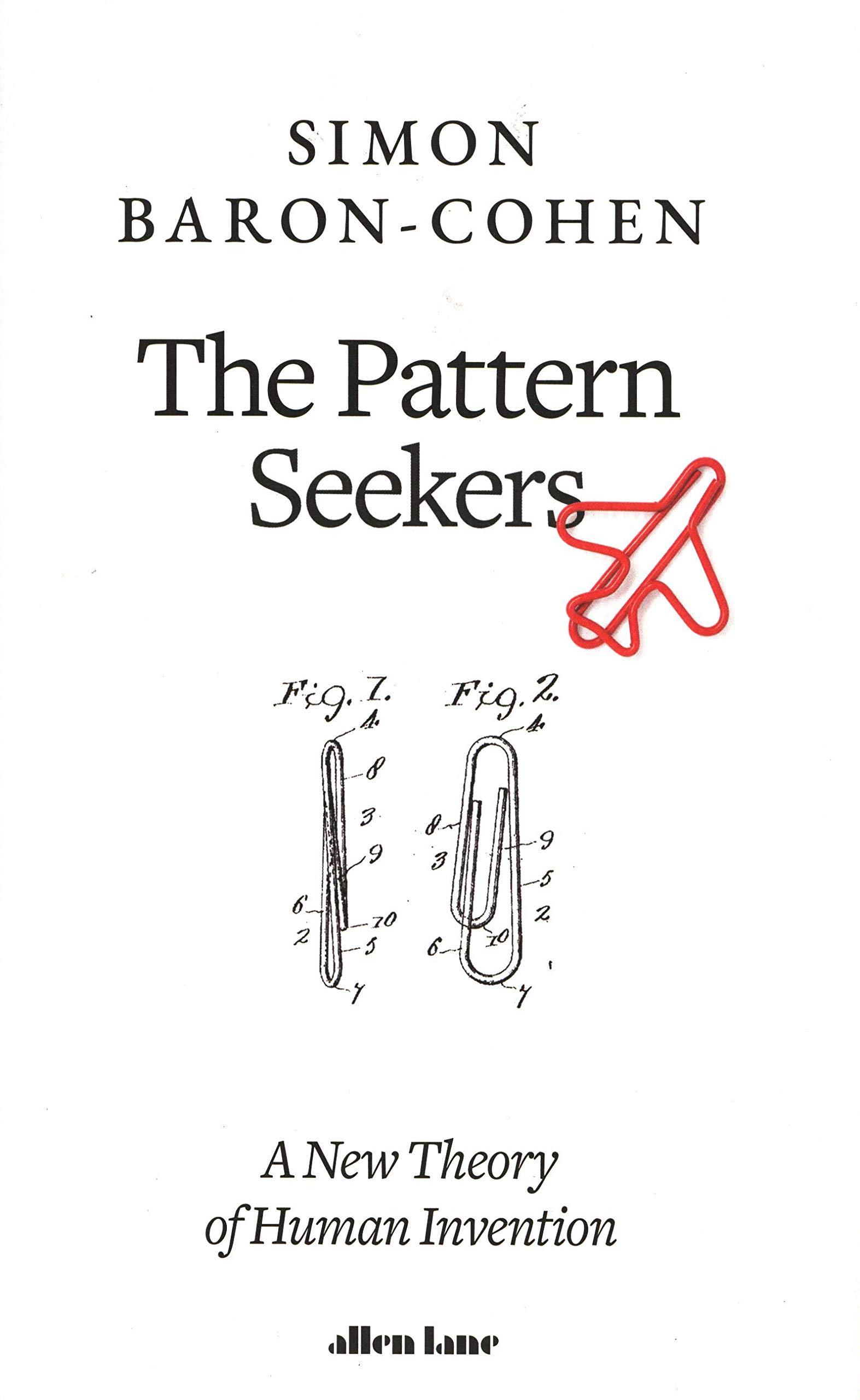What do you think?
Rate this book


Hardcover
First published November 10, 2020

"...And does this link hold true across the autism spectrum, including even those who have learning disabilities or very little language?
As a psychologist and an autism researcher, I have studied the human mind for thirty-five years. In this book, I present a new theory of human invention...
...As we look back across evolutionary time, then at the present, and into the future, we uncover an important truth: those humans who had minds with a Systemizing Mechanism in overdrive were—and are—central to the story of invention."
"Neurodiversity is simply a fact, just as biodiversity is a fact. Some estimate that up to 25 percent of the general population are “neurodiverse,” if we include a range of disabilities, from autism to attention deficit hyperactivity disorder (ADHD) to dyslexia and dyspraxia.3 Another view is that we are all neurodiverse, in that we are all different. The five brain types we discovered in the population, defined by where individuals are on the empathy and systemizing bell curves, is consistent with that view. Different brain types likely evolved to be better adapted to certain environmental niches. Einstein reportedly said: “Everybody is a genius, but if you judge a fish by its ability to climb a tree, it will live its whole life believing it is stupid.”4 The point is well made. Each of us should be judged for what we can do, not for what we can’t do."